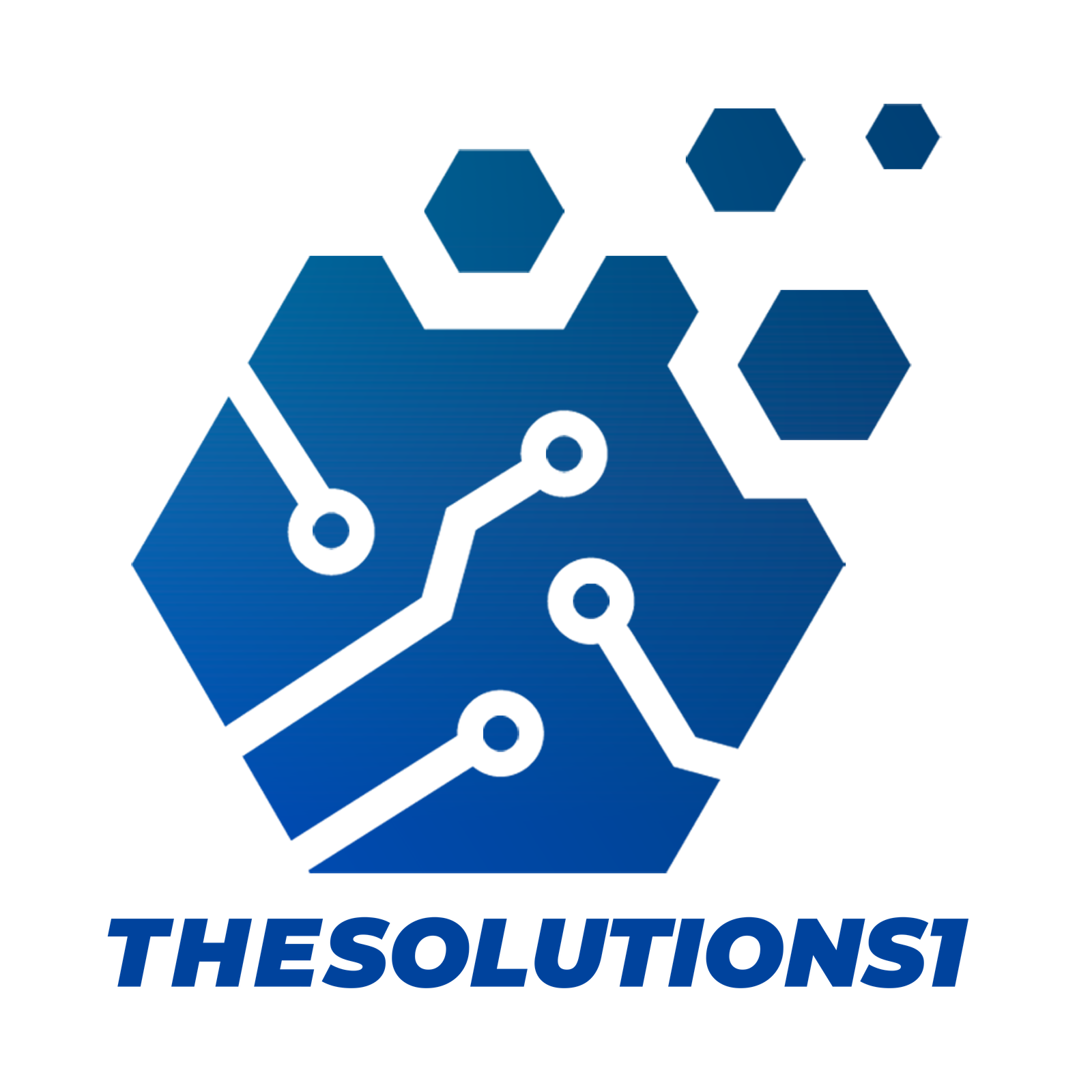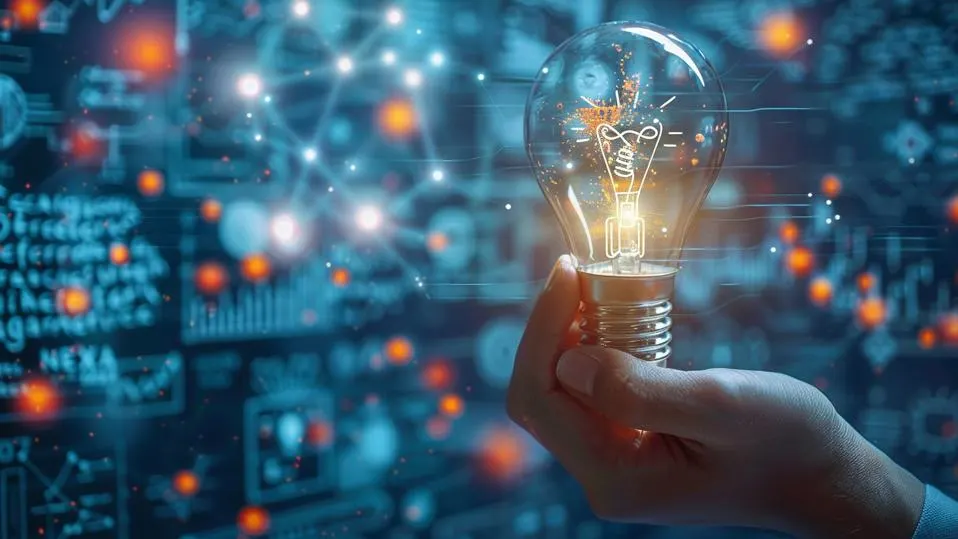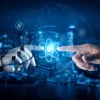Consumer technology covers all of the tech we buy to make our lives more convenient, productive or fun. It’s a broad category, covering everything from home appliances to cars, DIY, health and fitness products and connected smart home devices – and understanding these trends is crucial not just for manufacturers, but for any business looking to meet modern customer and employee expectations.
In a tough economic climate, both consumer tech manufacturers and enterprise solution providers know they have to offer real innovation to stay competitive. As the line between consumer and enterprise technology continues to blur, the expectations set by consumer tech increasingly shape workplace technology demands.
In 2025, the driving force behind innovation will be artificial intelligence (AI), with its promise of devices and solutions that are smarter and more useful than the ones we already own. This shift will impact everything from product development to workplace tools and customer service platforms.
Will this be enough? Time will tell – but in the meantime, let’s explore the hottest trends that I believe will shape not only consumer buying decisions but also enterprise technology strategies over the next year.

Personalized User Experiences In Consumer Technology
In 2025, manufacturers understand the importance of creating technology that we feel “gets” us. With AI beginning to be embedded in everything from smart home devices to wearables, fitness equipment and toys, we will increasingly expect personalized experiences that adapt to fit in with our lives. The idea is to go beyond creating tech that offers convenience, to offering experiences that feel tailor-made to us. Think of smart home devices that adapt to our daily routines, or smartphones equipped with AI assistants that effortlessly manage our lives.
Conversational Interfaces And Chatbots
Forget the stilted interactions we’ve grown accustomed to having with assistants like Alexa or Siri. In 2025, advances in large language models (LLMs) and natural language processing (NLP), such as those demonstrated by ChatGPT, mean we can talk to our devices almost as if they are fellow humans. This means we’re soon going to be having conversations with kitchen appliances and chewing the fat with our cars, as voice increasingly becomes our primary method of operating and interacting with consumer tech.
Sustainability In Consumer Technology
With buying decisions increasingly driven by concerns over sustainability and our environmental footprints, manufacturers understand that eco-friendly principles are now a business priority. This means devices that are more energy efficient, designed and built in a way that minimizes water consumption, emissions and waste, with a focus on reusability and recyclability. Computer chips like Apple’s M-series processor, designed to minimize power consumption, smartphones constructed from modular, replaceable parts, and increasing use of recycled materials and environmentally-friendly inks in packaging are all examples of this trend in action.
Healthcare-Focused Consumer Technology
Smart healthcare devices like fitness trackers and remote monitoring tools have been around for a while. But while the market for these products will continue to grow in 2025, we’ll also see them become smarter – capable of predicting and even diagnosing conditions, rather than simply monitoring basic health metrics. From the ECG and blood oxygen sensors on smartwatches, we can expect to see devices offering insights based on genetic or gut microbiome data, which, when paired with telehealth and virtual healthcare services, will begin to offer truly personalized wellness experiences.
Real-Time Language Translation
Communicating during our travels will be easier than ever before in 2025, thanks to the proliferation of devices enabling real-time language communication. These capabilities will be available in earbuds, smart glasses, and watches, as well as dedicated portable translation devices like the Poketalk, leveraging machine learning and LLMs to break down language barriers wherever we are.
Diversity And Inclusion In Consumer Technology
We can expect to see a strong push towards inclusivity in consumer technology during 2025. This hasn’t always been the case – last-gen voice assistants often struggled with understanding non-standard accents and dialects, and there have been instances where health wearables like heart rate and oxygen sensors have been less accurate on users with dark skin. Signs that this may be changing include a move towards more accessibility features on smart devices, a focus on AI features that are more culturally aware, and improved female-centric functionality on healthcare devices, such as menstrual and pregnancy tracking.
AI-Enhanced Friends And Companions
From smarter-than-ever toys that can converse and play games, to robots designed to keep us company or act as teachers, AI will breathe new life into companion devices. Also known as “social robots,” these are machines designed to engage and interact with us in order to provide entertainment or in-home assistance. Relatively simple toys like Poe, the bedtime-storytelling bear, are early attempts at using AI to turn everyday objects into “friends” we can relate to, and they will become more numerous and sophisticated as time goes on.
Micro-Mobility
In recent years, we’ve seen an explosion in the number of micro-vehicles such as e-bikes, scooters and compact EVs on the market, and in 2025, we will continue to see them getting smarter, more user-friendly and more deeply integrated into urban life. Longer battery life and innovations like smartphone integration will bring real-time route optimization and GPS functionality, and the vehicles themselves will continue to become more convenient and affordable. All of this means micromobility will be an increasingly prominent trend as our approach to commuting, living locally, and day-to-day transport in urban areas evolves.
The consumer technology landscape of 2025 promises to be more personal, sustainable, and inclusive than ever before. While AI clearly emerges as the driving force behind many of these innovations, understanding these trends isn’t just important for consumer tech manufacturers – it’s crucial for every business. As consumer expectations evolve, these technological advancements will inevitably influence workplace technology demands, with employees expecting the same level of personalization, sustainability, and AI-powered convenience they experience in their personal lives. Companies that stay ahead of these consumer tech trends will be better positioned to attract talent, meet changing employee expectations, and maintain competitive advantage in an increasingly tech-driven marketplace. The future of consumer tech isn’t just about smarter devices – it’s about understanding and adapting to fundamental shifts in how people expect to interact with technology, both at home and in the workplace.
Credit: Bernard Marr




